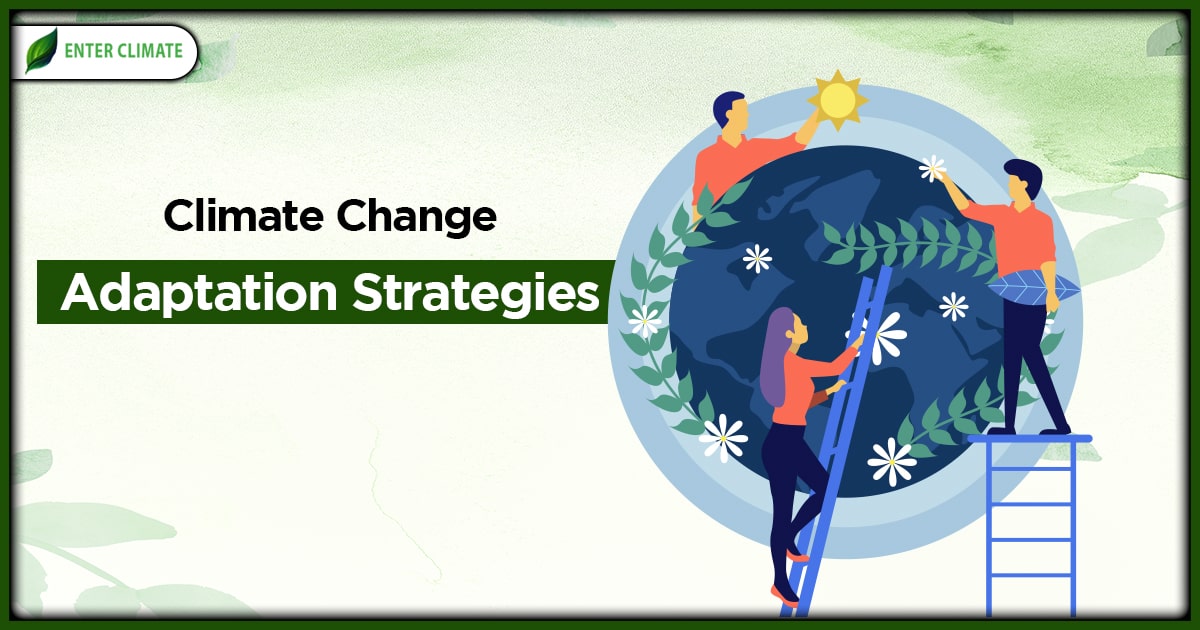Introduction: A Systemic Crisis Hindering Sustainable Development
Recent media attention on high-profile cases of sexual abuse, such as those associated with Jeffrey Epstein, has largely centered on political implications and powerful individuals rather than the systemic nature of child sexual abuse and its victims. This focus obscures a national crisis that directly contravenes multiple United Nations Sustainable Development Goals (SDGs), particularly those concerning justice, health, and equality. An analysis of this issue reveals a widespread pattern of institutional failure that demands systemic reform to protect children and uphold fundamental human rights as outlined in the SDG framework.
Institutional Failures and the Violation of SDG 16: Peace, Justice and Strong Institutions
The core of the crisis lies not in isolated incidents but in a culture of institutional complicity that shields perpetrators and silences victims, representing a profound failure to achieve the objectives of SDG 16.
A Pattern of Institutional Complicity
Numerous institutions have demonstrated a pattern of prioritizing reputation, financial stability, and power over the safety of children. This systemic failure is a direct challenge to SDG Target 16.2 (End abuse, exploitation, trafficking and all forms of violence against and torture of children) and SDG Target 16.6 (Develop effective, accountable and transparent institutions at all levels). Examples include:
- The Catholic Church, which concealed abuse by relocating perpetrators.
- The Boy Scouts of America, which suppressed allegations for decades.
- USA Gymnastics and the U.S. Olympic Committee, which failed to act on reports of abuse by Larry Nassar.
- Educational institutions like Ohio State, where numerous complaints against staff were ignored.
- Youth organizations like Kanakuk Kamps, where whistleblowers and survivors were disregarded.
Legislative Inaction and Barriers to Justice
Despite the clear pattern of institutional failure, political leadership has largely failed to enact meaningful legislative reform. The lack of progress on systemic solutions constitutes a failure to uphold SDG Target 16.3 (Promote the rule of law at the national and international levels and ensure equal access to justice for all). Survivors face significant barriers as they wait for accountability while institutions and individuals evade responsibility through legal and financial maneuvers, including leveraging bankruptcy proceedings and lobbying against reform.
Socio-Economic and Health Impacts: Contravening SDGs 3, 5, and 8
Child sexual abuse is a public health emergency with devastating and long-lasting consequences that undermine progress on health, gender equality, and economic stability.
A Public Health Emergency (SDG 3)
The prevalence of child sexual abuse, affecting approximately one in four girls and one in thirteen boys before the age of 18, qualifies it as a national epidemic. The long-term consequences for survivors represent a significant challenge to SDG 3 (Good Health and Well-being). These consequences include increased risks of:
- Post-Traumatic Stress Disorder (PTSD)
- Depression and suicide
- Addiction
- Chronic illness
- Incarceration
Gender Inequality and Exploitation (SDG 5)
The disproportionate impact of sexual abuse on girls highlights a critical failure in achieving SDG 5 (Gender Equality). The trafficking and exploitation of girls, as seen in the Epstein case, is a severe violation of SDG Target 5.2 (Eliminate all forms of violence against all women and girls in the public and private spheres, including trafficking and sexual and other types of exploitation).
Economic Consequences and Inequality (SDG 8 & 10)
The societal costs of child sexual abuse are immense, including billions in lost productivity, healthcare expenses, and social services. For survivors, long-term trauma often leads to employment instability, hindering their ability to achieve economic security. This undermines SDG 8 (Decent Work and Economic Growth) and exacerbates societal disparities, conflicting with SDG 10 (Reduced Inequalities).
Recommendations for Systemic Reform to Achieve SDG Commitments
To address this crisis and make meaningful progress toward the Sustainable Development Goals, a series of comprehensive, non-partisan reforms is required. These actions are essential for building strong, just institutions and ensuring the health and safety of all children.
- End Statutes of Limitations: Abolish civil and criminal statutes of limitations for child sexual abuse in every state and establish revival windows for past claims to ensure access to justice, in line with SDG Target 16.3.
- Ban Non-Disclosure Agreements (NDAs): Prohibit the use of NDAs in child sexual abuse cases to promote transparency and prevent the concealment of truth, supporting the principles of SDG 16.6.
- Mandate Institutional Oversight: Implement mandatory transparency and external oversight for all youth-serving institutions, including schools, camps, and religious organizations, to enforce accountability.
- Eliminate Charitable Immunity: Remove legal immunities that shield non-profit organizations from accountability when they fail to protect children from harm.
- Reform Bankruptcy Laws: Amend Chapter 11 of the Bankruptcy Code to prevent institutions from using it as a tool to evade responsibility and conceal information about perpetrators.
- Fund Prevention and Survivor Services: Allocate significant public funding for trauma-informed prevention training for all adults working with youth and ensure accessible, comprehensive services for survivors, advancing the goals of SDG 3.
- Establish a National Task Force: Create a national task force on child sexual abuse with the authority to set federal standards, coordinate action across states, and ensure a unified response to this national emergency.
Conclusion: A National Imperative for Sustainable Development
Child sexual abuse is a pervasive national crisis that occurs in all communities and settings where children are present. The current focus on political spectacle distracts from the urgent need for substantive reform. Addressing this issue is not a niche concern but a fundamental prerequisite for achieving national and global commitments to justice, health, equality, and strong institutions as defined by the Sustainable Development Goals. Failure to act perpetuates a cycle of harm and institutional complicity, undermining the well-being of future generations.
Analysis of Sustainable Development Goals (SDGs) in the Article
1. Which SDGs are addressed or connected to the issues highlighted in the article?
-
SDG 16: Peace, Justice and Strong Institutions
This is the most central SDG in the article. The text revolves around the failure of justice systems and institutions to protect children from abuse, violence, and exploitation. It explicitly calls for legal reform, accountability for perpetrators and institutions, and an end to the culture of impunity. The article’s core argument is about strengthening institutions and ensuring justice for victims, which is the essence of SDG 16.
-
SDG 5: Gender Equality
The article highlights the gendered nature of the abuse. It specifically mentions the “hundreds of girls who were sexually abused and trafficked” and cites statistics that “one in four girls” will experience sexual abuse. This directly connects to the SDG 5 goal of eliminating all forms of violence and exploitation against women and girls.
-
SDG 3: Good Health and Well-being
The article details the severe and lasting health consequences for survivors of child sexual abuse. It states that survivors face “increased risks of PTSD, depression, suicide, addiction, incarceration, chronic illness.” This connects the issue to SDG 3, which aims to ensure healthy lives and promote well-being for all, including mental health.
-
SDG 8: Decent Work and Economic Growth
The economic impact of child sexual abuse is explicitly mentioned. The article notes that survivors face “employment instability” and that the abuse leads to “staggering, billions annually in lost productivity, health care, and social services.” This links the issue to SDG 8, as the long-term consequences of abuse hinder individuals’ ability to achieve productive employment and impact overall economic productivity.
2. What specific targets under those SDGs can be identified based on the article’s content?
-
SDG 16: Peace, Justice and Strong Institutions
- Target 16.2: End abuse, exploitation, trafficking and all forms of violence against and torture of children. The entire article is a call to action against the “widespread, systemic epidemic of child sexual abuse in America.” It discusses the trafficking of girls and the failure to protect children, directly aligning with this target.
- Target 16.3: Promote the rule of law at the national and international levels and ensure equal access to justice for all. The article’s list of proposed reforms, such as to “End civil and criminal statutes of limitations for child sexual abuse” and “Reform Chapter 11 of the Bankruptcy Code,” are direct calls to change the rule of law to provide justice for survivors.
- Target 16.6: Develop effective, accountable and transparent institutions at all levels. The article heavily criticizes the lack of accountability in institutions like “the Catholic Church, the Boy Scouts of America, USA Gymnastics,” and others that “prioritized reputation, money, and power over the protection of children.” It calls for an end to self-policing and demands “transparency and oversight.”
-
SDG 5: Gender Equality
- Target 5.2: Eliminate all forms of violence against all women and girls in the public and private spheres, including trafficking and sexual and other types of exploitation. The article’s focus on the “hundreds girls who were sexual abused and trafficked” and the statistic that “one in four girls” is a victim directly addresses the need to eliminate sexual violence and exploitation of girls.
-
SDG 3: Good Health and Well-being
- Target 3.4: By 2030, reduce by one third premature mortality from non-communicable diseases through prevention and treatment and promote mental health and well-being. The article’s description of the consequences of abuse, including “PTSD, depression, suicide, addiction,” directly relates to the promotion of mental health and well-being. Addressing the root cause (abuse) is a form of prevention for these health outcomes.
-
SDG 8: Decent Work and Economic Growth
- Target 8.5: By 2030, achieve full and productive employment and decent work for all women and men… The article points out that survivors face “employment instability,” and the societal cost includes “billions annually in lost productivity.” This shows how failing to protect children from abuse undermines their future ability to secure decent work, thus connecting to this target.
3. Are there any indicators mentioned or implied in the article that can be used to measure progress towards the identified targets?
-
Prevalence of Child Sexual Abuse: The article provides a direct indicator for Targets 16.2 and 5.2 by citing data from the CDC and the Center for Violence Prevention Research: “about one in four girls and one in thirteen boys will experience sexual abuse before they turn 18.” This statistic is a direct measure of the prevalence of sexual violence against children, which can be tracked over time to measure progress.
-
Legislative and Legal Reforms: The article implies several indicators for Target 16.3 (access to justice) through its list of necessary actions. Progress could be measured by tracking:
- The number of states that have ended civil and criminal statutes of limitations for child sexual abuse.
- The number of jurisdictions that have banned non-disclosure agreements (NDAs) in child abuse cases.
- The implementation of reforms to bankruptcy laws that prevent institutions from using them to evade responsibility.
-
Health Outcomes for Survivors: For Target 3.4, the article implies the need for indicators that measure the long-term health impacts on survivors. Progress could be measured by tracking the rates of “PTSD, depression, suicide, addiction, [and] chronic illness” within the survivor population compared to the general population.
-
Economic Costs: For Target 8.5, the article mentions the “billions annually in lost productivity, health care, and social services.” A specific monetary value calculated annually would serve as an indicator of the economic burden of child sexual abuse, which should decrease as prevention and support measures are implemented.
4. Table of SDGs, Targets, and Indicators
| SDGs | Targets | Indicators Identified or Implied in the Article |
|---|---|---|
| SDG 16: Peace, Justice and Strong Institutions | 16.2: End abuse, exploitation, trafficking and all forms of violence against children. 16.3: Promote the rule of law and ensure equal access to justice. 16.6: Develop effective, accountable and transparent institutions. |
|
| SDG 5: Gender Equality | 5.2: Eliminate all forms of violence against all women and girls, including trafficking and sexual exploitation. |
|
| SDG 3: Good Health and Well-being | 3.4: Reduce premature mortality from non-communicable diseases and promote mental health and well-being. |
|
| SDG 8: Decent Work and Economic Growth | 8.5: Achieve full and productive employment and decent work for all. |
|
Source: verdict.justia.com







